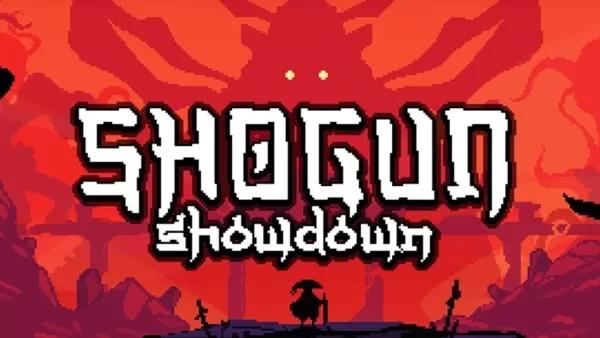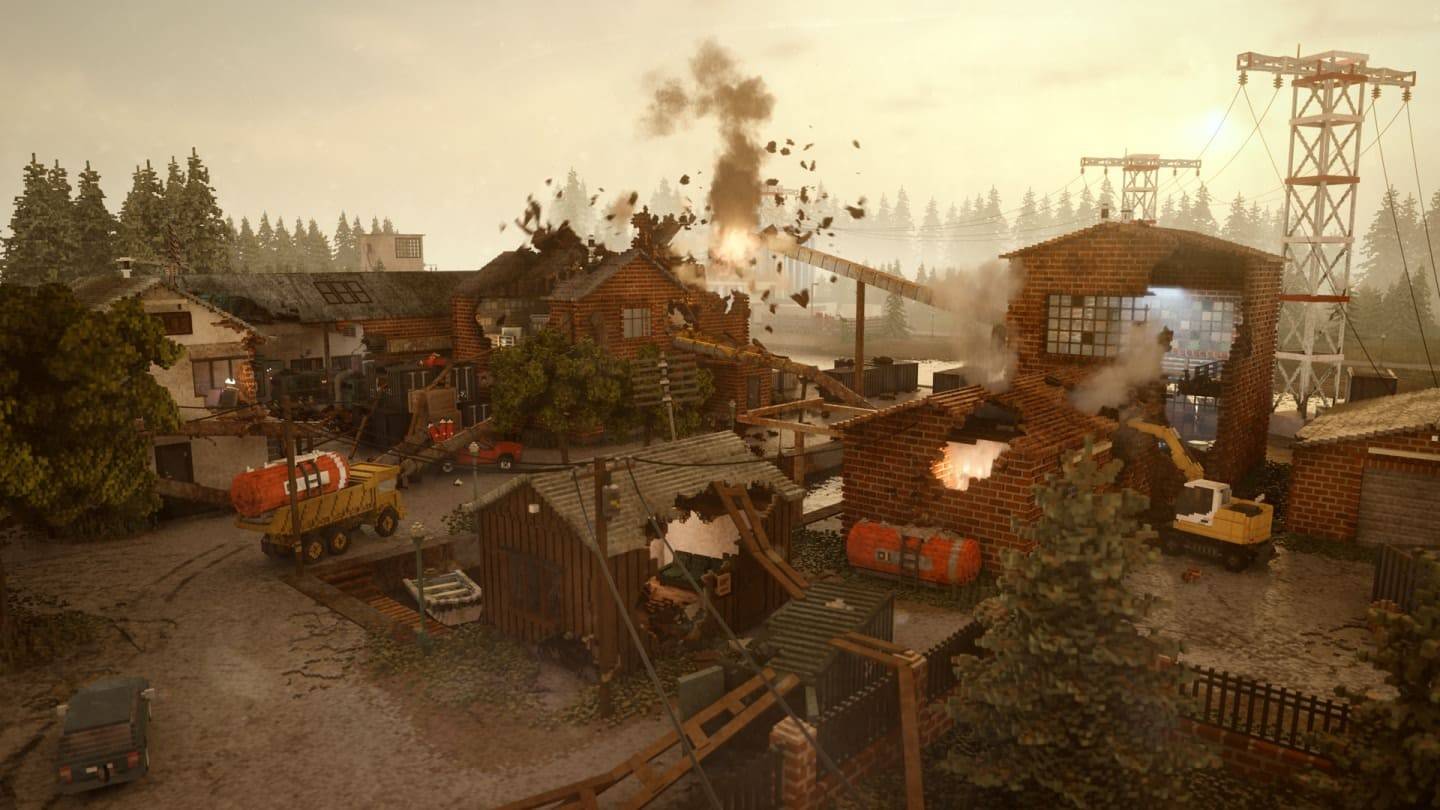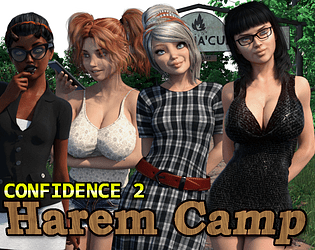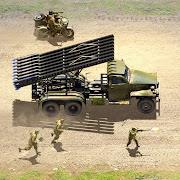Minecraft: From Humble Beginnings to Global Phenomenon
Minecraft's journey to global gaming dominance is a compelling story of innovation and community building. Few realize the game's path to success wasn't straightforward. This article explores the evolution of Minecraft, from its initial conception to its current status as a cultural icon.
Table of Contents
- Initial Concept and First Release
- Building a Community
- Official Launch and International Success
- Version History
Initial Concept and First Release
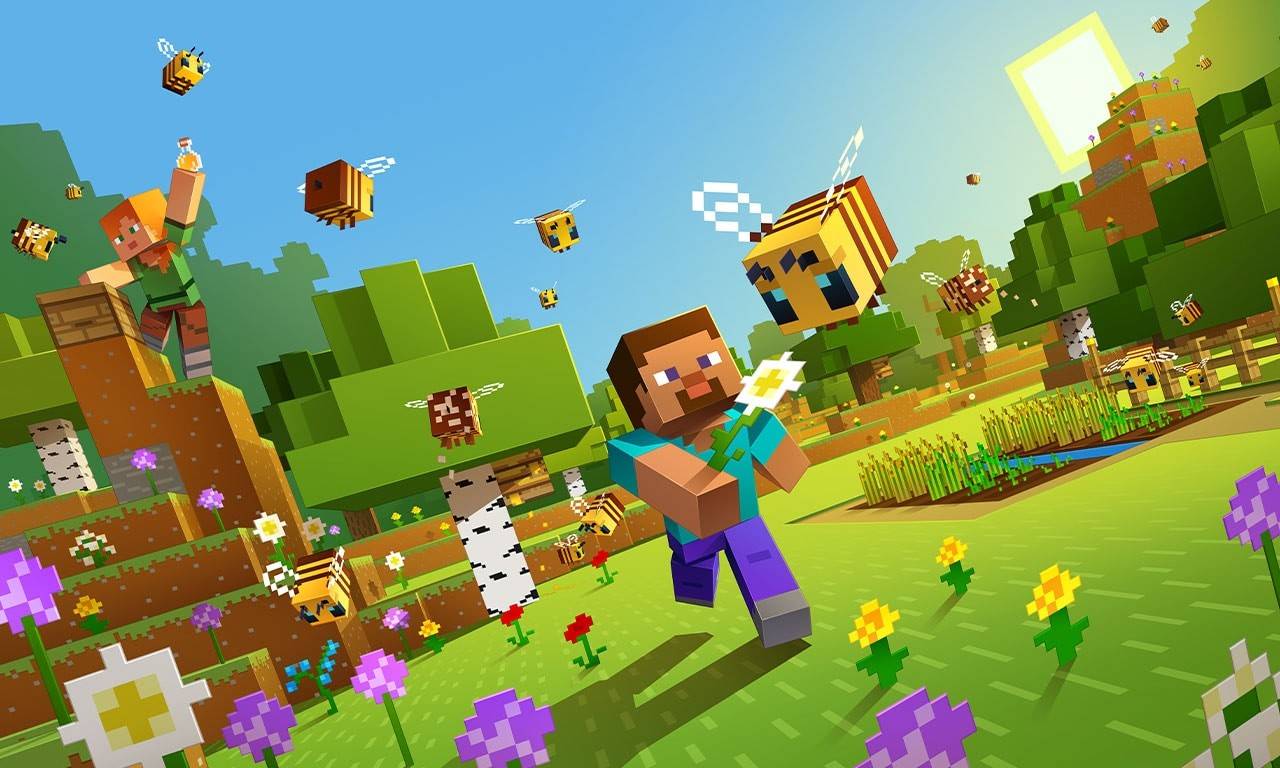 Image: apkpure.cfd
Image: apkpure.cfd
Minecraft's origins trace back to Sweden, where Markus Persson, known as "Notch," developed the game. Inspired by titles like Dwarf Fortress, Dungeon Keeper, and Infiniminer, Notch envisioned a game emphasizing open-world building and exploration.
The alpha version launched on May 17, 2009, a lightweight pixel-based sandbox created during Notch's downtime from his position at King.com. Its simple yet engaging building mechanics quickly attracted attention, laying the foundation for its future growth.
Building a Community
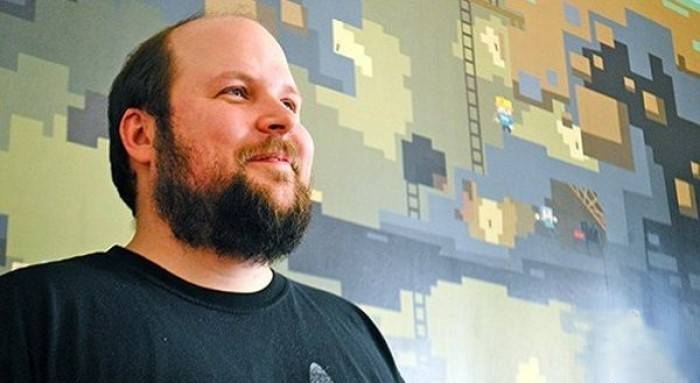 Image: miastogier.pl
Image: miastogier.pl
Word-of-mouth and online player communities fueled Minecraft's rapid expansion. By 2010, the game transitioned to beta, prompting Notch to establish Mojang Studios to dedicate himself fully to its development.
Minecraft's unique blend of creativity and open-ended gameplay resonated deeply with players. They constructed virtual homes, famous landmarks, and entire cities, showcasing the game's transformative potential. The introduction of Redstone, a material allowing for complex mechanisms, further enhanced its appeal.
Official Launch and International Success
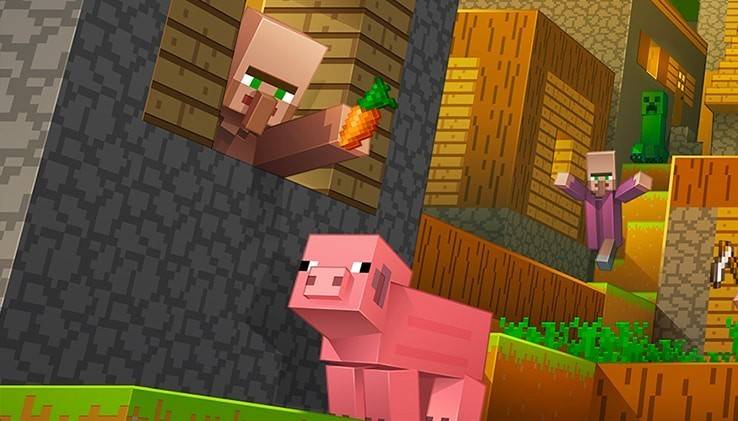 Image: minecraft.net
Image: minecraft.net
Minecraft's official 1.0 release on November 18, 2011, marked a pivotal moment. Millions of players were already engaged, establishing a massive and highly active community. Players created mods, custom maps, and even educational projects, demonstrating the game's versatility.
Mojang's 2012 expansion onto consoles like the Xbox 360 and PlayStation 3 broadened Minecraft's reach, captivating a new generation of gamers. The game's unique blend of entertainment and educational possibilities fostered creativity and innovation among young players.
Version History
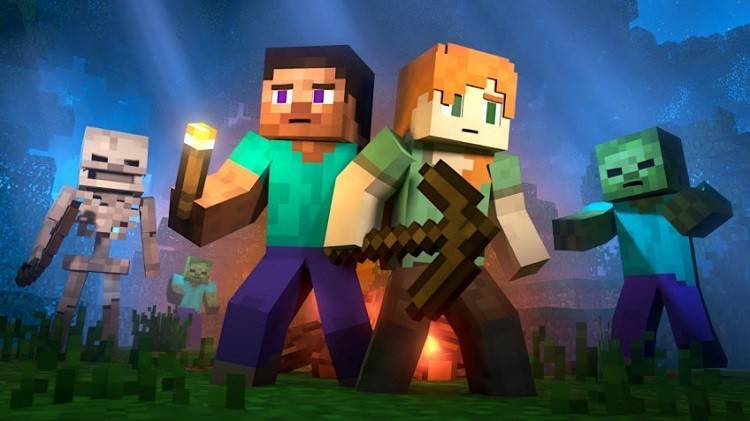 Image: aparat.com
Image: aparat.com
Key Minecraft versions post-launch:
| Name | Description |
| Minecraft Classic | The original free version. |
| Minecraft: Java Edition | Initially lacked cross-platform play; later integrated with Bedrock Edition on PC. |
| Minecraft: Bedrock Edition | Enabled cross-platform play across various Bedrock versions, including PC (Java included). |
| Minecraft mobile | Cross-platform compatible with other Bedrock versions. |
| Minecraft for Chromebook | Chromebook-specific version. |
| Minecraft for Nintendo Switch | Includes the Super Mario Mash-up pack. |
| Minecraft for PlayStation | Cross-platform compatible with other Bedrock versions. |
| Minecraft for Xbox One | Partially Bedrock; no further updates. |
| Minecraft for Xbox 360 | Support ended after the Aquatic Update. |
| Minecraft for PS4 | Partially Bedrock; no further updates. |
| Minecraft for PS3 | Support ended. |
| Minecraft for PlayStation Vita | Support ended. |
| Minecraft for Wii U | Offered off-screen play. |
| Minecraft: New Nintendo 3DS Edition | Support ended. |
| Minecraft for China | China-exclusive version. |
| Minecraft Education | Educational version used in schools and learning environments. |
| Minecraft: PI Edition | Educational version for Raspberry Pi. |
Conclusion
Minecraft's enduring appeal transcends its status as a simple video game. It's a thriving ecosystem encompassing dedicated communities, online content, merchandise, and competitive events. Continued updates ensure the game remains engaging, adding new biomes, characters, and features to sustain its remarkable legacy.


